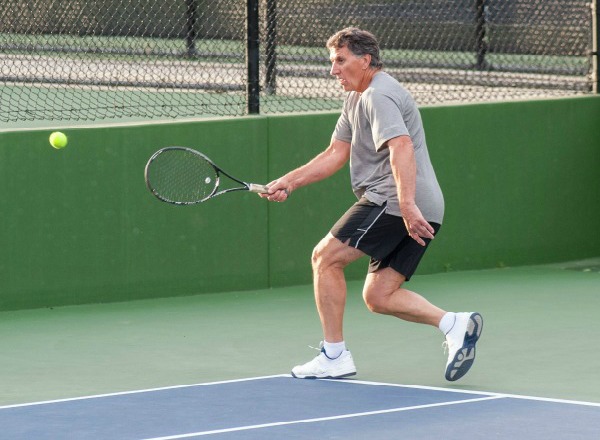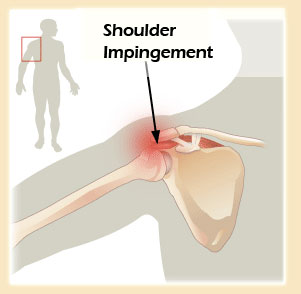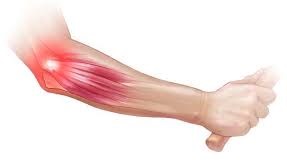The Top 3 Tennis Injuries that We See in Clinic

June and July herald the main part of the London tennis season and along with Queens, Wimbledon and all these long sunny days, many people turn their mind to dusting off their tennis racquet and getting out there to play. The number of tennis-related injuries we see at the clinic can dramatically increase so I thought I’d share with you what I find to be the three most common tennis injuries:
- 1.Shoulder Impingement

The shoulder is a complex and very mobile joint that allows us to move our arm into a wide variety of positions for optimal function. This is very important for optimal performance in sports such as tennis. One of the injuries that can affect your shoulder is known as shoulder impingement.
Impingement usually happens over time and with repetitive use of the shoulder. Pain may be noticed when playing overhead shots and serving.
Players will often complain of sharp pain in the front of the shoulder but it can start to cause more pain and affect performance on and off the court. We see this especially in players who have desk-based day jobs that can allow the front of the shoulder muscles to tighten up. The causes however vary from person to person and require a full biomechanical assessment to diagnose any postural faults or joint stiffness. A treatment programme can include manual therapy to mobilise stiff joints along with posture correction and a progressive strengthening programme for the shoulder girdle and rotator cuff muscles. The key to this injury is not to leave it too long before seeing someone, as other muscles can try and compensate for any pain or movement problems and can add to or complicate an injury further.
- 2.Calf tears
A tear in the calf muscle is one of the more common injuries we see. Players often feel a sudden and severe pain in the inside calf muscle, the medial gastrocnemius muscle. Often bruising and swelling can happen quickly afterwards. It can be difficult to walk and sometimes crutches are needed. Applying ice and a compression bandage is very important to reduce the amount of bleeding.
These injuries are usually classified as grade 1 to 3.
Grade 1 represents some mild tearing of the muscle fibres, grade 2 more extensive damage and in grade 3 there is a full rupture or complete tear. Early diagnosis and correct management is really important to restore function as quickly as possible.
- 3.Tennis Elbow

Tennis elbow is a pain felt on the outside part of the elbow where the wrist extensor muscles attach to the lateral epicondyle. This can be due to repetitive movements including backhand strokes. Good technique and racquet grip is important to reduce the risk of injury.It is not only tennis that causes this condition but any activity that requires repetitive gripping and twisting of the forearm such as painting and decorating.
If your pain does not settle within 2 weeks, see a physiotherapist for an accurate diagnosis and treatment and to ensure there is no cervical or neural cause for the pain.
An assessment of the injury with a Physiotherapist includes examining the neck and upper limb as this can lead to the localised problem at the elbow.
Tennis elbow is an overuseinjury and it is important to identify the cause of the problem.
Ensure that you have a good technique and check that you have the correct grip size and string tension. Always warm up and stretch and after a break from playing, make sure you get back into it gradually and then keep up a regular level of play.
Francois-Xavier Armengaud
If you have any queries on this article or anything tennis or injury-related please feel free to get in touch with me at the clinic
"A big thank you for helping me recover from my operation. I couldn't have done it without you."
Julie B




Keep in touch
Established in 1998